TOP 10 LITERARY ONE-HIT WONDERS
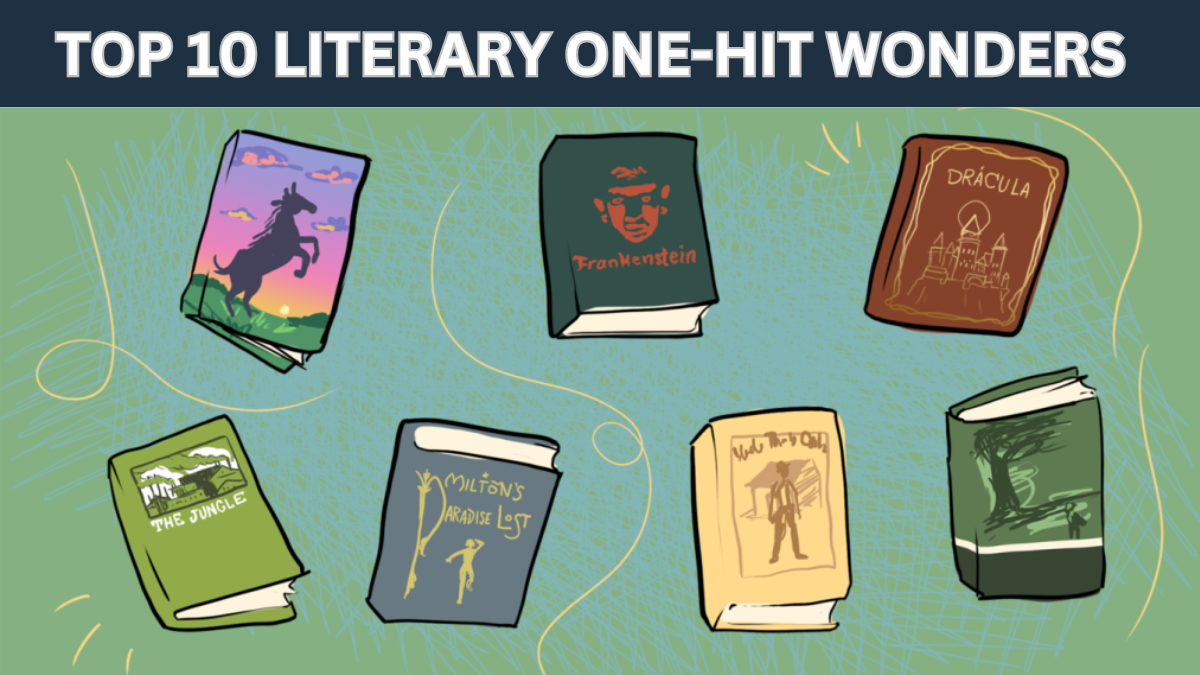
“Explore the Top 10 Literary One-Hit Wonders that left a lasting impact on literature. From Doctor Zhivago by Boris Pasternak to Black Beauty by Anna Sewell, discover the remarkable stories and the unique circumstances behind these iconic authors who achieved literary fame with a single work. Dive into their profound narratives and the cultural significance that continues to resonate with readers today.”
1. Doctor Zhivago by Boris Pasternak
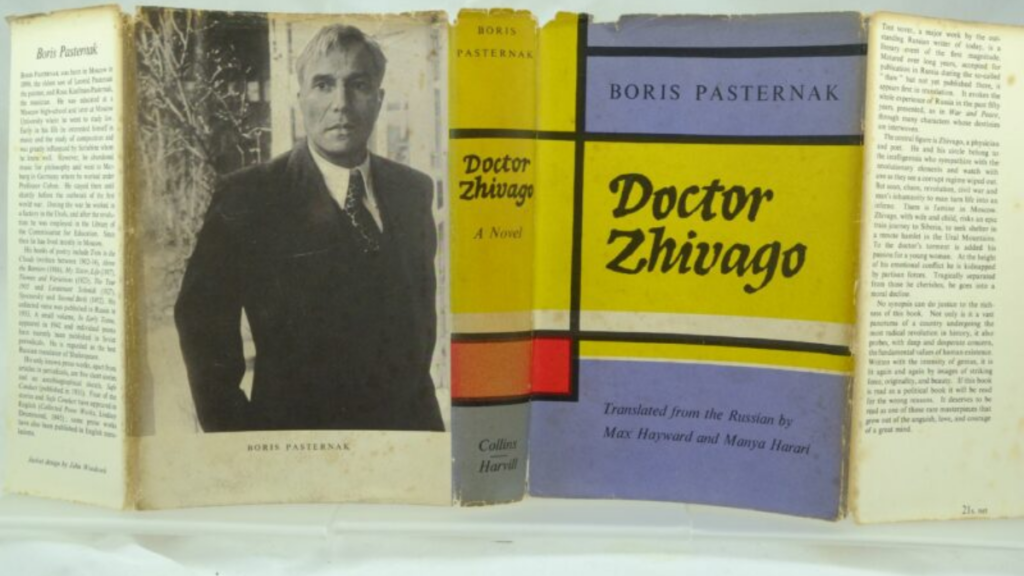
Doctor Zhivago is Boris Pasternak’s most famous work, portraying the tumultuous period of Russian history from the fall of the Tsar to the rise of Communism. Published in 1957, this sweeping narrative explores themes of love, loss, and the impact of societal change on the individual. Pasternak’s powerful prose and poignant storytelling earned him the Nobel Prize in Literature, cementing the novel’s status as a literary classic.
2. Catcher in the Rye by J. D. Salinger
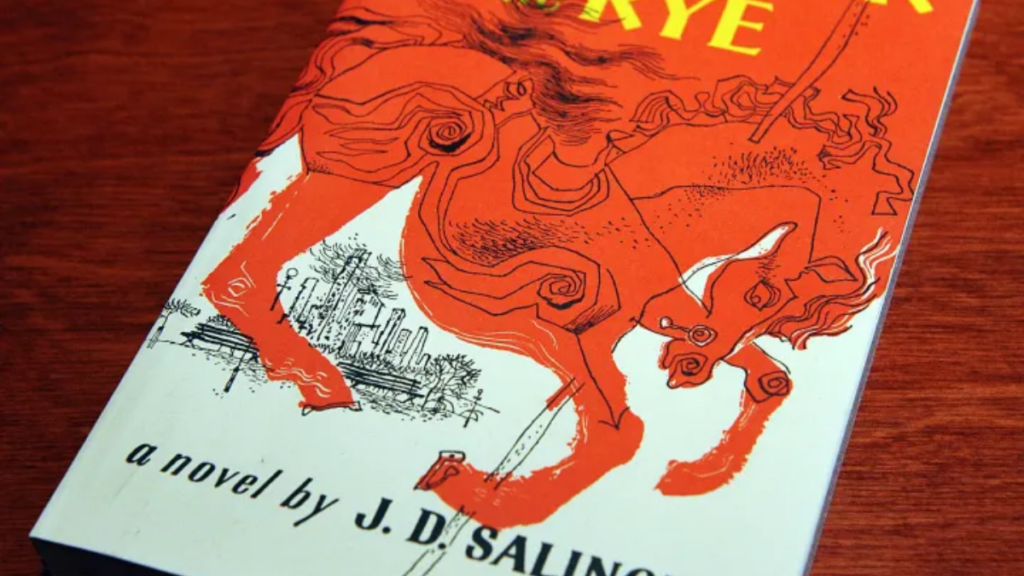
J. D. Salinger’s Catcher in the Rye captures the angst and alienation of teenage life through the eyes of its protagonist, Holden Caulfield. Since its publication in 1951, the novel has become a cultural touchstone, often studied in schools for its themes of identity and disillusionment. Despite Salinger’s reclusive nature after its success, this novel continues to influence generations of readers.
3. To Kill a Mockingbird by Harper Lee

Harper Lee’s Pulitzer Prize-winning novel, To Kill a Mockingbird, addresses serious themes of racism and moral growth in a small Southern town. Published in 1960, the novel is based on Lee’s own childhood experiences and features memorable characters like Atticus Finch. Lee’s poignant storytelling and moral insights have made this book a staple in American literature and education.
4. The Picture of Dorian Gray by Oscar Wilde
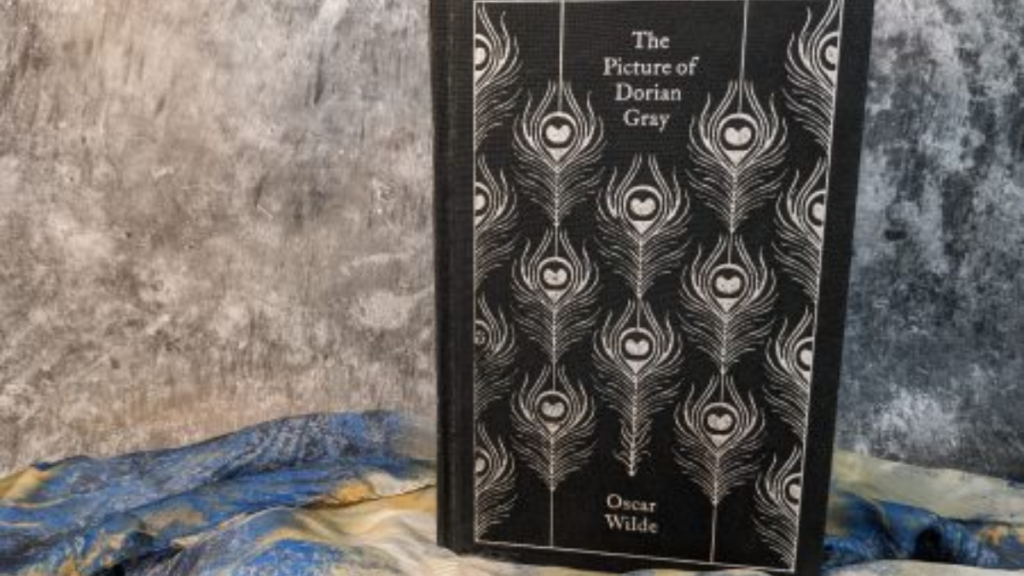
Oscar Wilde’s only novel, The Picture of Dorian Gray, delves into themes of vanity, morality, and the nature of beauty. Published in 1890, it tells the story of a young man whose portrait ages while he remains eternally youthful. This Gothic tale critiques Victorian society’s obsession with aesthetics and has become a classic of English literature.
5. The Bell Jar by Sylvia Plath

Sylvia Plath’s semi-autobiographical novel, The Bell Jar, depicts the struggles of a young woman grappling with mental illness. Published in 1963, it resonated deeply with readers and critics alike. Plath’s poetic prose and honest exploration of mental health have ensured that this novel remains relevant and influential, especially in discussions of feminism and identity.
6. In Search of Lost Time by Marcel Proust
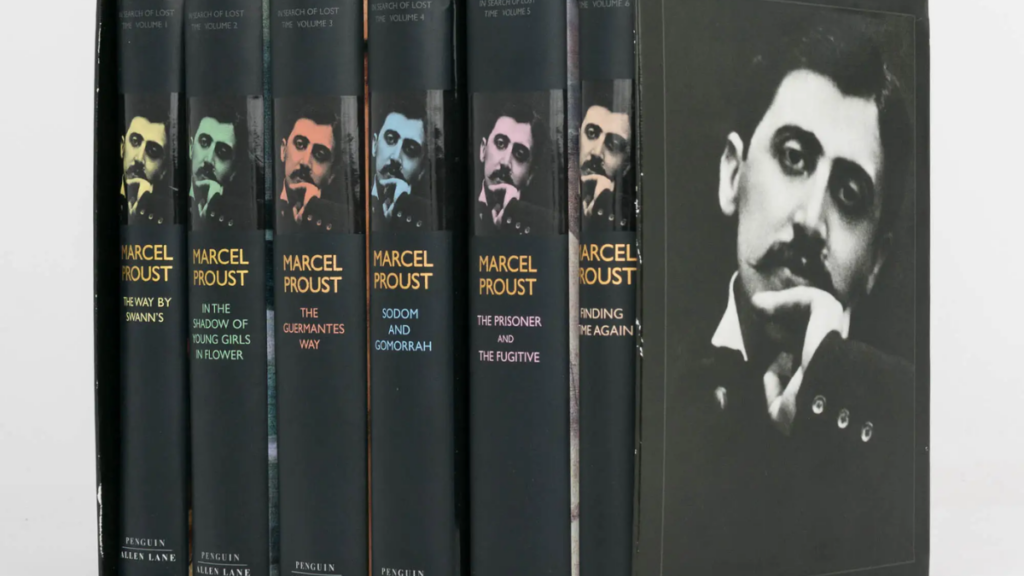
Marcel Proust’s monumental work, In Search of Lost Time, spans seven volumes and is known for its intricate exploration of memory and time. Proust dedicated his life to this work, which reflects his experiences and observations of French society. Although not technically a one-hit wonder due to its length, it is his sole major literary endeavor, and its posthumous completion solidified his legacy.
7. Wuthering Heights by Emily Brontë
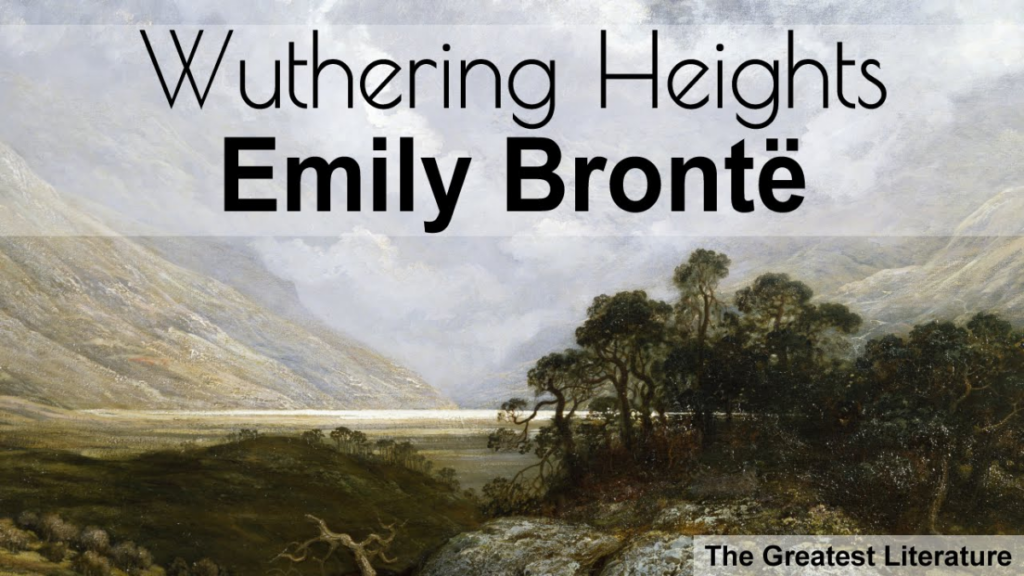
Published in 1847, Emily Brontë’s only novel, Wuthering Heights, is a dark and passionate tale of love and revenge set against the Yorkshire moors. Often regarded as a masterpiece, its complex characters and intricate narrative structure have earned it a lasting place in English literature. Brontë’s untimely death at a young age adds to the novel’s mystique.
8. The Devil in the Flesh by Raymond Radiguet
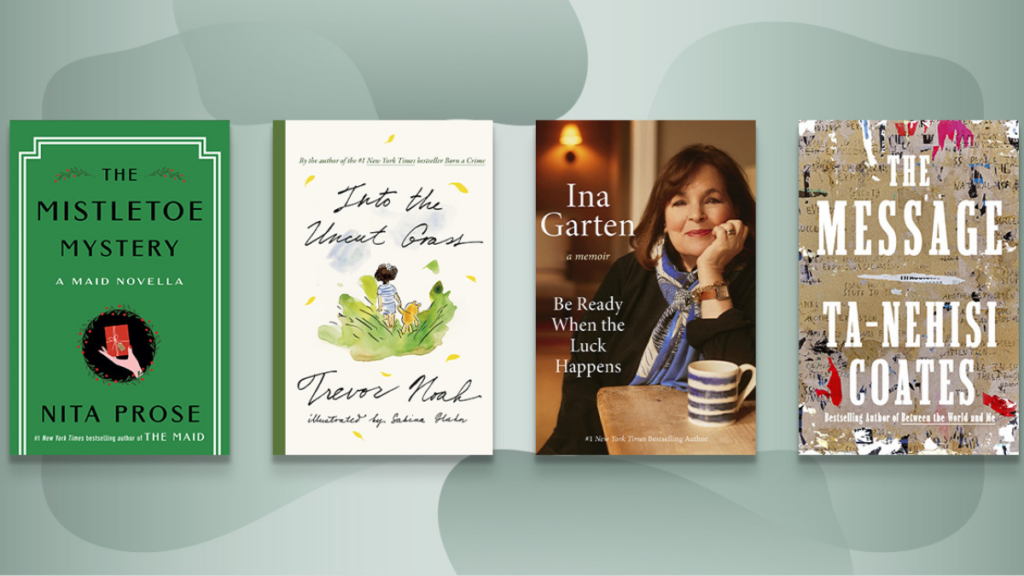
Radiguet’s The Devil in the Flesh reflects his tumultuous relationships within the modernist movement in Paris. Written when he was just 17, this novel explores the complexities of love and desire through the lens of a young man entangled in a romantic affair. Despite Radiguet’s early death, this novel remains a significant contribution to early 20th-century literature.
9. Gone with the Wind by Margaret Mitchell
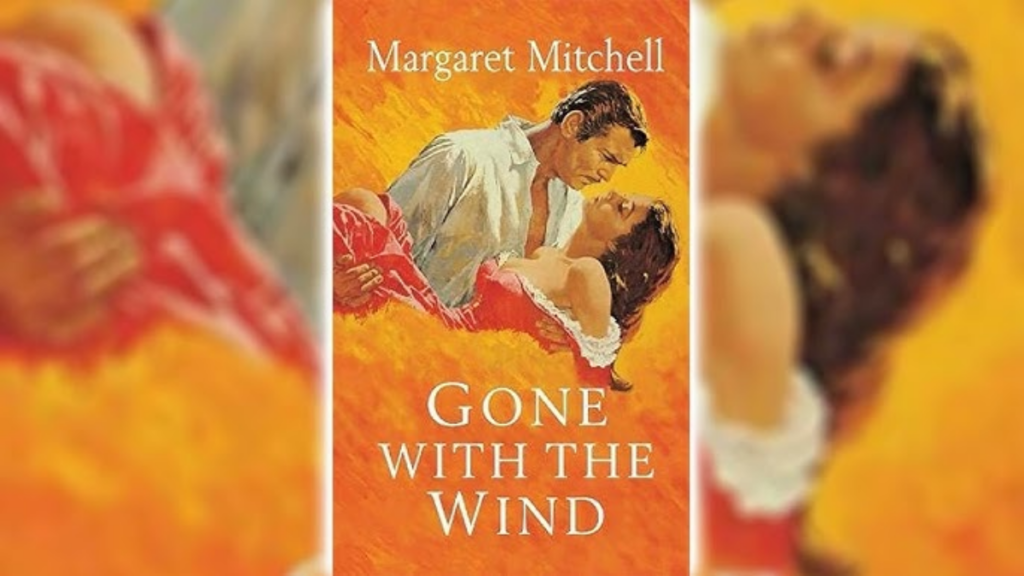
Pulitzer Prize-winning author Margaret Mitchell penned Gone with the Wind while recovering from an injury. This epic tale set in the Civil War era explores themes of love, loss, and resilience in the face of societal upheaval. Although Mitchell wrote a short story, Lost Laysen, it was published posthumously, leaving Gone with the Wind as her most enduring legacy.
10. Black Beauty by Anna Sewell
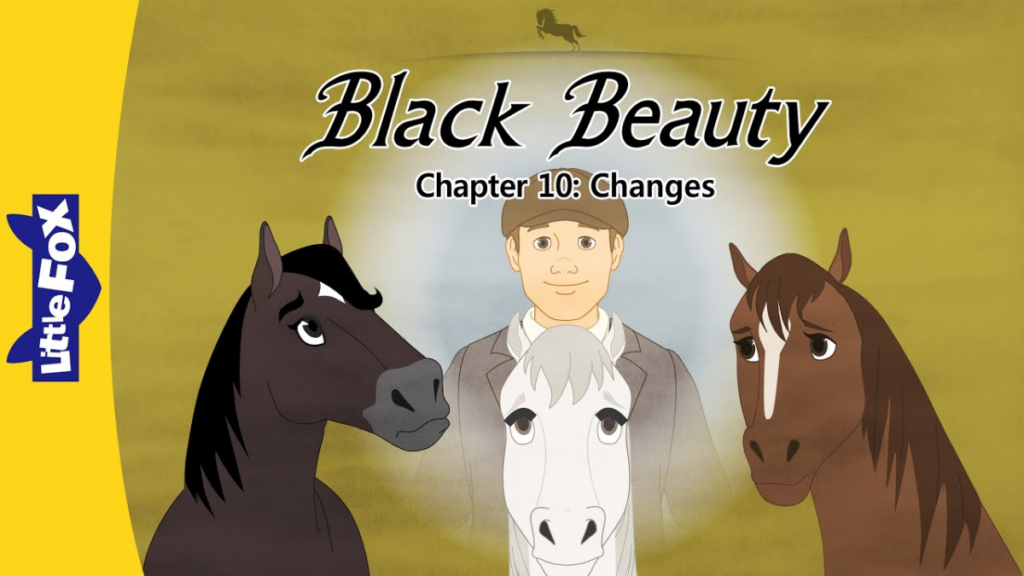
Written during her confinement to home due to a fall that left her lame, Anna Sewell’s Black Beauty is a poignant tale of a highbred horse who experiences the harsh realities of life in London. Published in 1877, this novel not only captures the challenges faced by animals but also advocates for their humane treatment. Sewell’s deep affection for horses shines through in this timeless classic.


